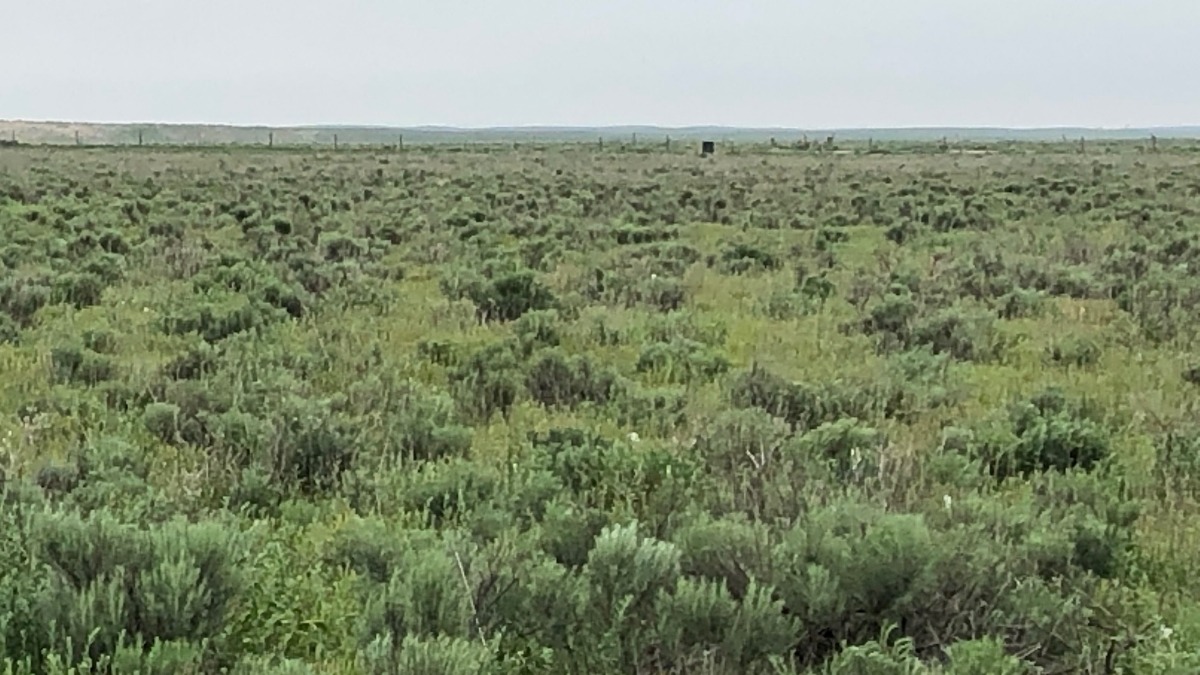Ideally, a human life should be a constant pilgrimage of discovery. The most exciting discoveries happen at the frontiers. When you come to know something new, you come closer to yourself and to the world. Discovery enlarges and refines your sensibility. When you discover something, you transfigure some of the forsakenness of the world.
John O’Donohue, Eternal Echoes: Celtic Reflections on Our Yearning to Belong
I’ve always loved history. As a kid, I spent countless hours reading and re-reading the entries about U.S. independence and wars and westward expansion that were sprinkled throughout my family’s set of gray World Book Encyclopedias. Because of my teacher’s colorful stories, my favorite high school class was A.P. European History.
In college, I traveled to Philadelphia and Washington, D.C., and spent a summer on Lake Balaton in Hungary. While serving as a “campus minister” in my 20s and early 30s, I made pilgrimage on El Camino de Santiago (The Way of St. James) in Northern Spain, visited Gettysburg, Pa., site of the famous 1863 U.S. Civil War battle, and, journeyed to Lindisfarne, also known as Holy Island, off the northeast coast of England. At 42, I made pilgrimage to the Holy Land of Israel and Palestine. As a Jesus-follower, it was a lifelong dream and an amazing privilege for me to wade in the Sea of Galilee, dip my hand in the Jordan River, descend the Mount of Olives into the Garden of Gethsemane and walk the Via Dolorosa in Jerusalem. I’m grateful to have made each of these extraordinary journeys to faraway places.
Yet when they’re confined solely to places of religious or patriotic pride, pilgrimages tend to trumpet our light while ignoring or minimizing our individual and collective shadow. Many special and sacred places, in fact, remain outside the scope of our common memory, because they point to the many unsavory and unjust elements of our story, and I’m referring here primarily to U.S. history. We’re not taught or encouraged to visit certain places, because they challenge the self-aggrandizing narratives we are taught and encouraged to believe about ourselves.
But that’s exactly why they’re so important!
“Pilgrimages from below” take us to places where the veil of our national myth can be lifted. They reveal the undersides of things, and along the way they bear witness to the realities of our story that suggest we may not be the “good guys” after all. Actually going, in person, in the flesh, to the forgotten places of our story helps us acknowledge our full story and to center the marginalized communities that have been and are continuing to be sacrificed on the altars of our ideals. There’s no way around it, really, if we’re committed to honesty, growth and maturity, and that applies to us as individual humans made in the image of God and to the larger communities we create together.
“Where common memory is lacking, where people do not share in the same past, there can be no real community. Where community is to be formed, common memory must be created.”
Georges Erasmus, member and past president of the Dene Nation of Canada, as quoted by Mark Charles during his Feb. 25, 2018, Refuge learning party presentation on “The Doctrine of Discovery”
My personal pilgrimages from below have taken me to the Auschwitz Concentration Camp near Krakow, Poland, to Civil Rights memorials in Montgomery, Birmingham and Selma, Ala., to the Pine Ridge Indian Reservation and the site of the Wounded Knee Massacre in South Dakota, and to the desert between El Paso, Texas, and Ciudad Juarez, Mexico, where people unofficially cross the U.S-Mexico border.
They’ve also led me closer to home, to wrestle with difficult episodes of Colorado’s history. The Ludlow Massacre occurred near Trinidad, Colo., when Colorado militia killed two dozen miners and their family members during a 1914 labor strike. The Granada Relocation Center, also known as Camp Amache, near Lamar, Colo., was a WWII concentration camp for Japanese Americans. And then there’s the Sand Creek National Historic Site near Eads, Colo., where in November 1864, U.S. volunteer cavalry recruited from the Colorado Territory attacked peaceful Cheyenne and Arapaho camps and massacred more than 230 women, children, elders and men.
All three of these sites are located within a three-hour-or-so drive of my childhood home, but I don’t recall ever hearing about them growing up or learning about them in 12 years of Denver public schooling. That’s a big reason why it’s now so important to me to tell “stories from below” about our collective past and present. I myself periodically lead two pilgrimages from below — a journey to Sand Creek each year on Memorial Day weekend and “suburban poverty tours” in my hometown of Broomfield, Colo., but the possibilities are many. There are places like Ground Zero and Columbine and The Legacy Museum, but really, wherever you are, you likely live near a place that calls out to be the focus of a pilgrimage from below. It could be an outbuilding where a person experiencing homelessness died or a public park where a life was taken or a courthouse where a defendant was unjustly sentenced.
Now is the time to remember and acknowledge and wrestle with our fuller story. If we place ourselves at their feet, pilgrimages from below can help us recalibrate our carefully curated perceptions of the past and present and better equip us to shape our collective future.


